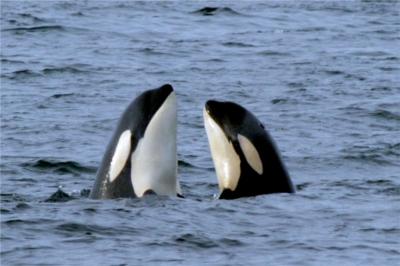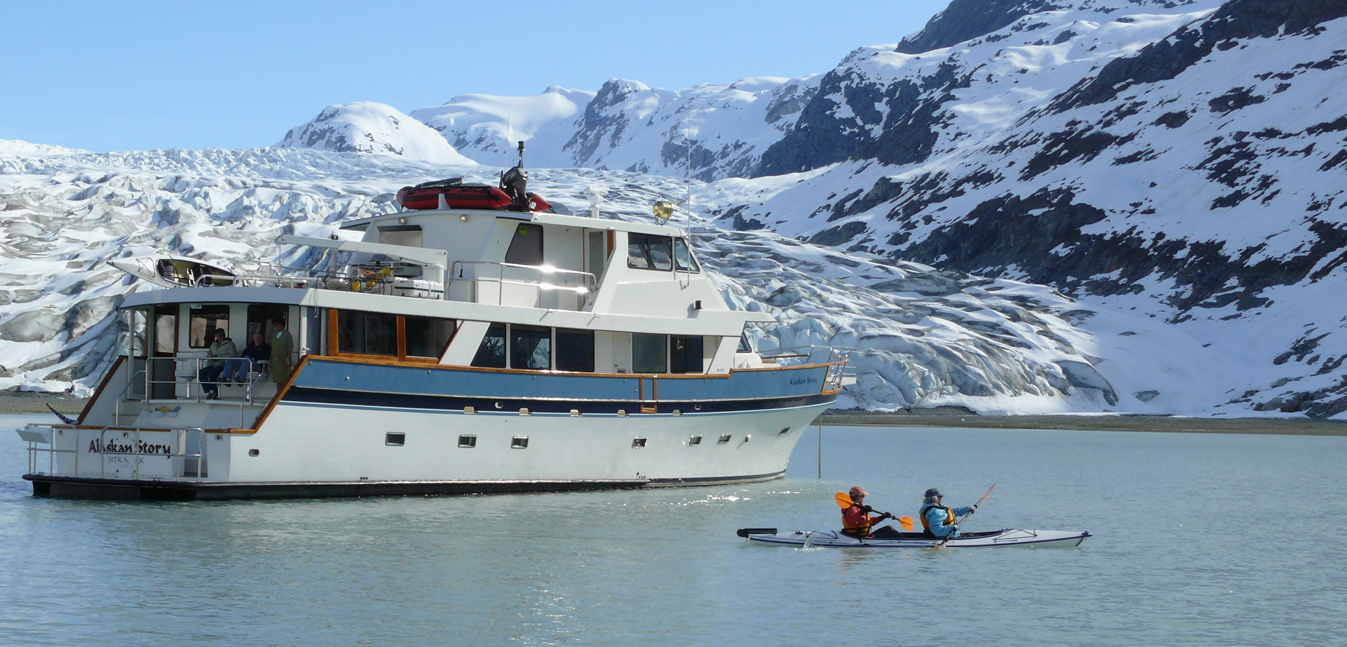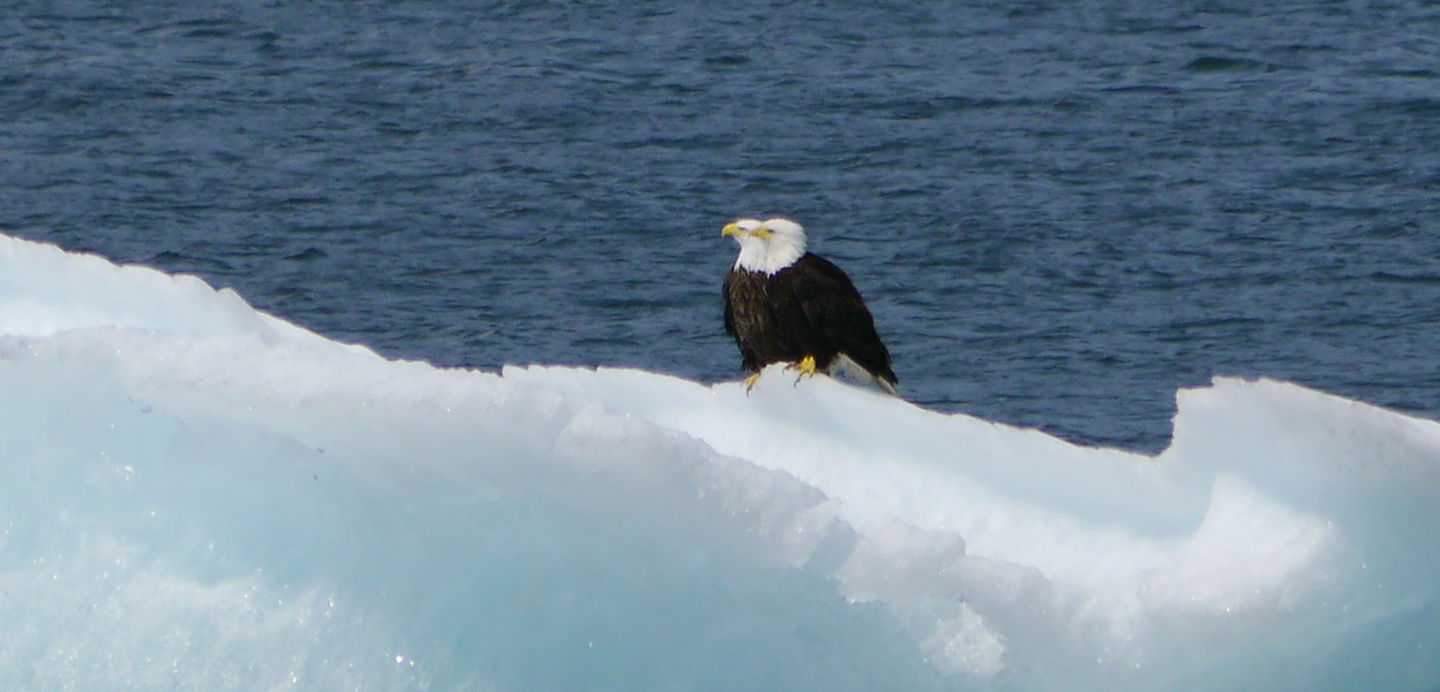To ensure you have the best Alaskan cruise possible, it is important that you prepare for the climate and precipitation expected during the time of year you will be traveling. While many people envision the climate and precipitation of Alaska to be constantly freezing cold and snowing, or have heard of the six months of daylight and six months of darkness that some areas have believe this to be the case throughout all of Alaska, there is actually a tremendous fluctuation in temperature, precipitation and amount of daylight throughout the year. Knowing what to expect during the time of your Alaskan cruise will help you to pack appropriately so you can have the best experience possible.
Historically, the coldest month of the year in Juneau Alaska is January. The average high is 33 degrees, with an average low of 24 degrees. There are generally slightly less than 5 1/2 inches of rain throughout the month and just over seven hours of daylight each day. On the other extreme, the warmest month of the year is generally July. The high temperature is usually around 64 degrees, with a low of around 50 degrees. There are just over 4 1/2 inches of rain each month, and 17.6 hours of daylight each day. The month with the shortest days is December, with just under 6 1/2 hours of daylight each day. The longest days are generally in June, with just over 18 hours of daylight each day. Regardless of the time of year when you will be cruising to Alaska, remember that you will encounter variations in temperature and whether each day. Packing several layers and being sure to bring waterproof outer layers and shoes will help you to stay comfortable and healthy throughout your trip.


